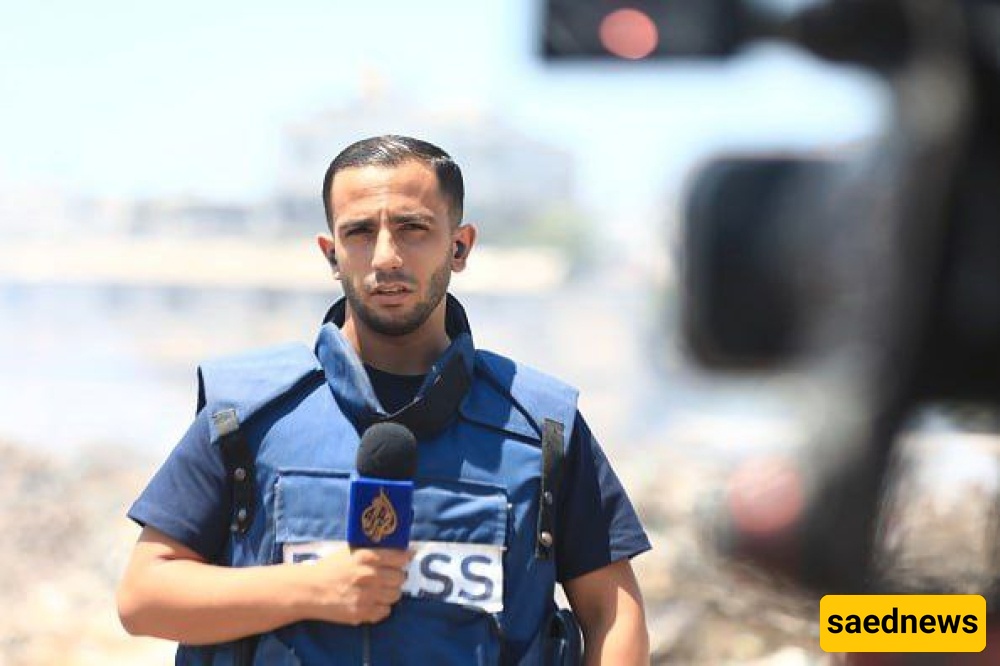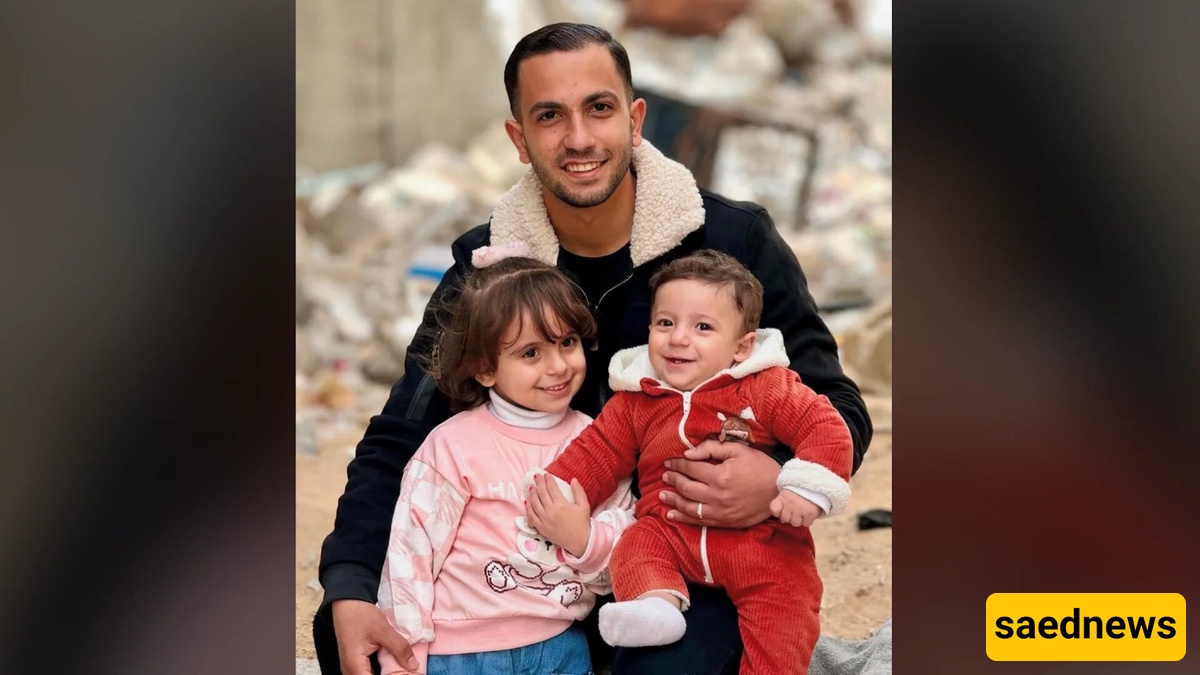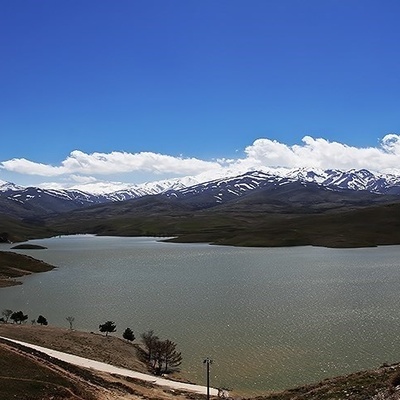SAEDNEWS: Anas al-Sharif, a Palestinian journalist and activist known for his fearless coverage of the Gaza war, was killed in an Israeli attack — a blow to authentic reporting and a stark reminder of the dangers journalists face in conflict zones.

According to SaedNews, quoting CNN, Anas al-Sharif, a Palestinian journalist and activist long recognized as a living and genuine symbol of the war in Gaza, was killed in the latest Israeli military strikes on the Gaza Strip. His death is not just the loss of a brave and prolific reporter, but symbolically, the silencing of part of the popular narrative from people who have lived for years under the fire of war and blockade, and whose voices have seldom reached the world.

In the days when the war in the Gaza Strip had sharply intensified, Anas shared field reports, videos, and live images from under the bombardments, showing the world the daily lives of people amid the ruins and their resilience. He was not just a news reporter but the silent voice of a people pushed to the margins of the world, engaged in an unequal battle for survival. His coverage of Gaza’s blockade and the consequences of war provided millions with a more real and tangible picture than what global media usually shows.
But this vital voice fell silent in recent days. Heavy Israeli airstrikes on the areas where Anas was working targeted him, costing him his life. The precise details of the operation have yet to be released, but what is certain is the killing of a field journalist and human rights activist who had for years braved numerous dangers to be the voice of Gaza’s people.
Anas al-Sharif’s death sparked a wave of reactions in the media and on social networks. Many journalists and international human rights organizations condemned the incident, calling it an example of the unimaginable risks of journalism in war zones. Conflicts of high political and military complexity place journalists not only at risk of direct attacks but also under siege from restrictions on reporting, threats, and censorship.
The presence of journalists like Anas in the Gaza Strip cannot be underestimated. In a region where dominant narratives are often shaped by stronger political and media players, independent journalists and local activists play a key role in offering a human and genuine perspective on war. They serve as a bridge between the scenes of conflict and global audiences, ensuring the voices of the marginalized reach the world.
However, Anas’s killing is a stark warning about the dangers these journalists accept. Beyond the obvious military threats, Palestinian journalists are constantly exposed to political pressures, severe movement restrictions, and even arrest or intimidation. In Gaza, where controls and restrictions are intense, independent media work means embracing multiple risks that many local reporters face daily.
At the same time, the incident once again raises critical questions about the international responsibility of governments and human rights organizations. Is the global community doing enough to protect journalists in crisis zones? How can their voices be preserved, and the dangers they face reduced? Anas’s death is a reminder that in the midst of war’s fire, journalists often continue their work alone and without sufficient protection.
Moreover, the killing of a well-known figure like Anas has broader consequences for information flow and public opinion. The loss of a voice that provided a live and unfiltered image of the war creates a major gap in the media narrative of this conflict—a gap that benefits those who might seek to distort facts or cling to their own dominant narrative.
Ultimately, the story of Anas al-Sharif is a story of struggle and sacrifice against war and silence. He was not just a journalist but a symbol of media resistance against intense political and military pressures. His death, as a figure who “put a face to the war for millions,” is a wake-up call to the world to pay greater attention to protecting journalists in war zones and to listen to the true stories of people under siege.
As this bitter chapter closes, the question remains: will his voice and those of his colleagues be silenced, or will efforts to tell the truth continue? The answer largely depends on the global response and sustained support for freedom of speech and independent journalists. Anas al-Sharif devoted his life to telling the truth, and his death must not mark the end of that truth-telling.

